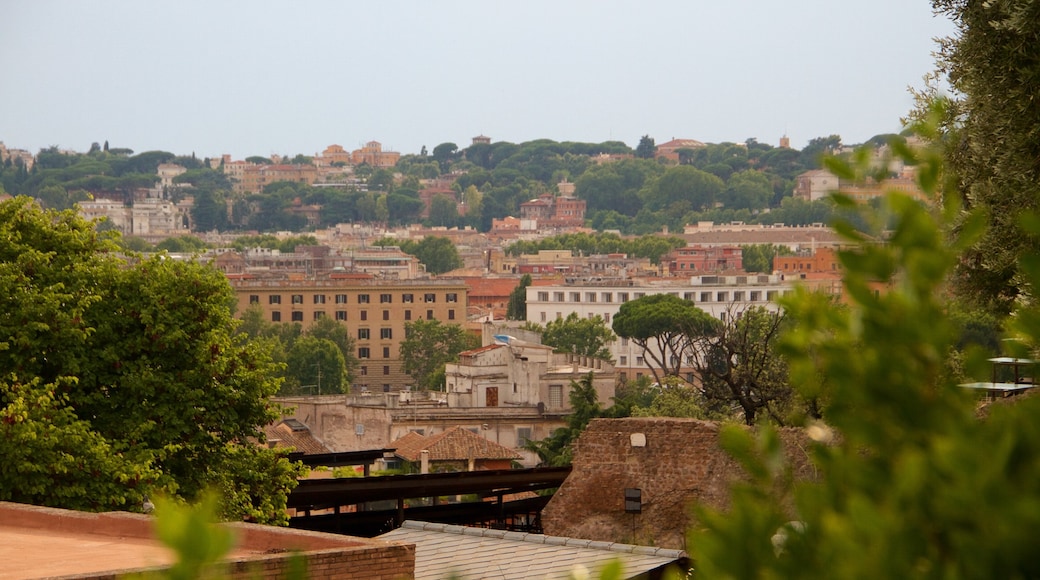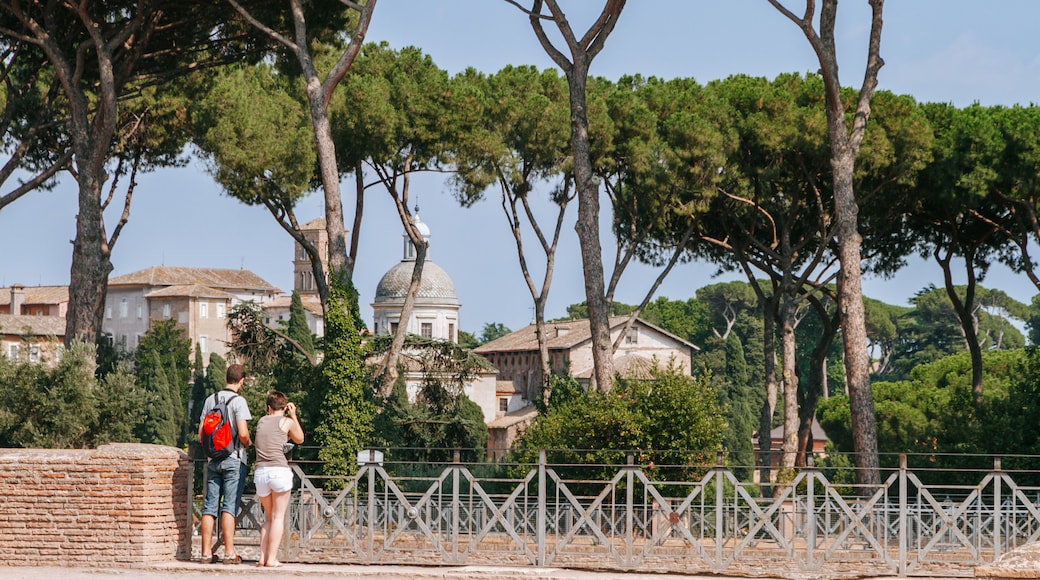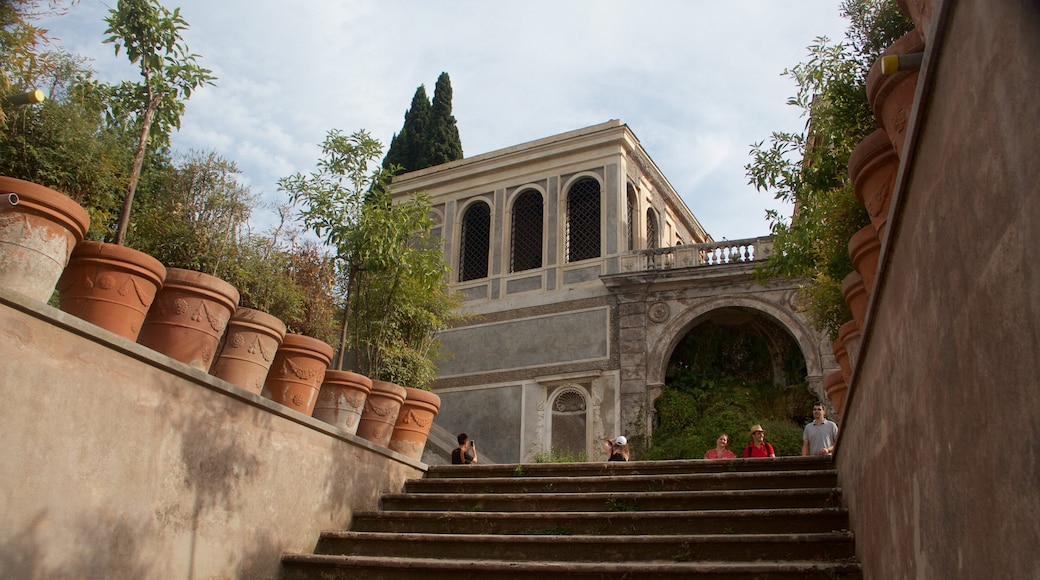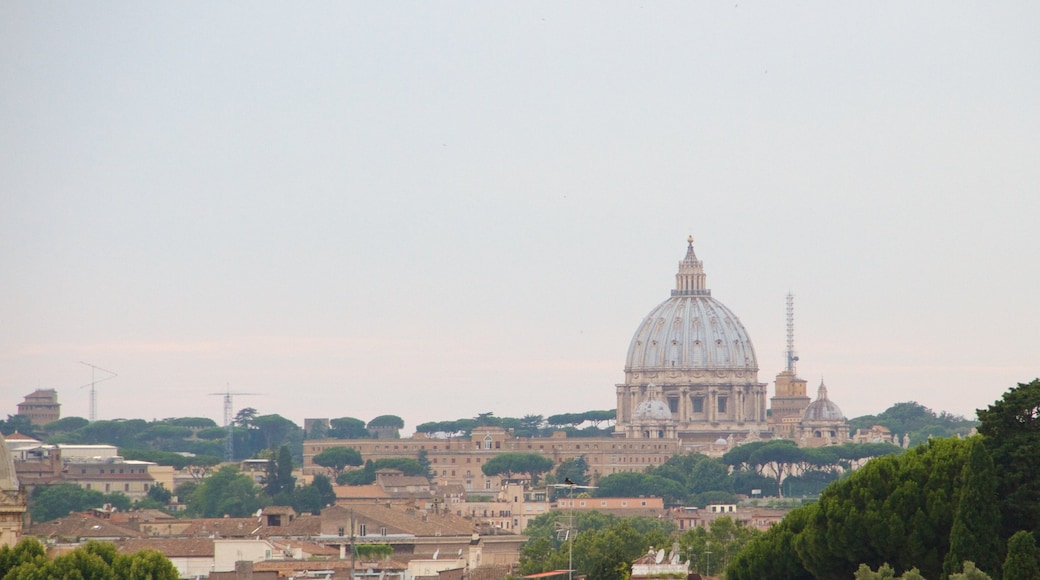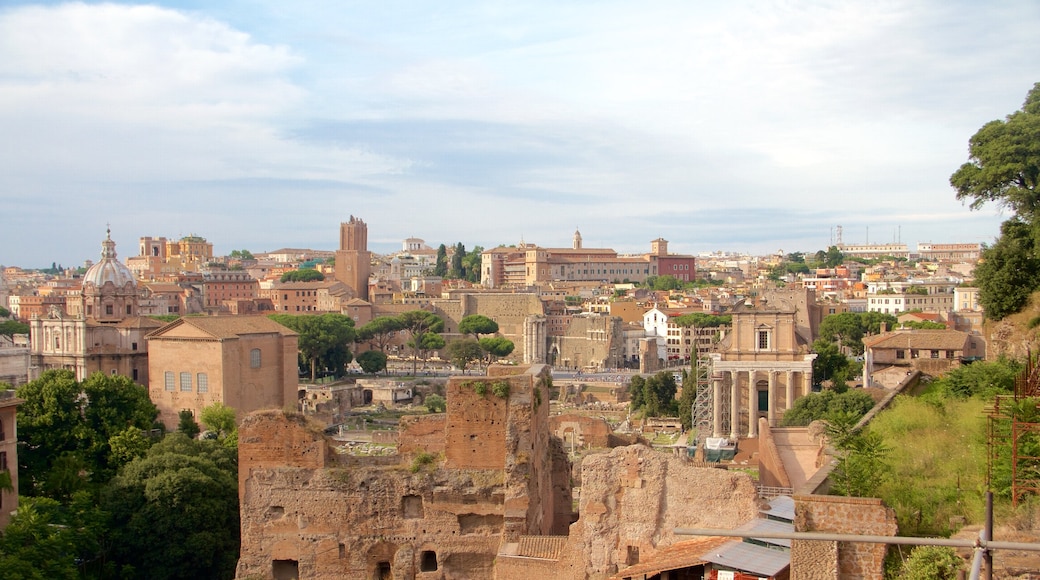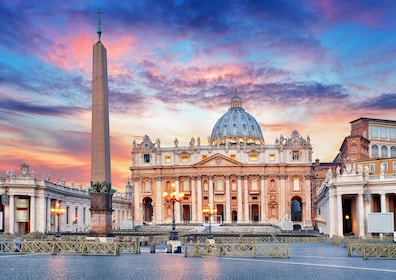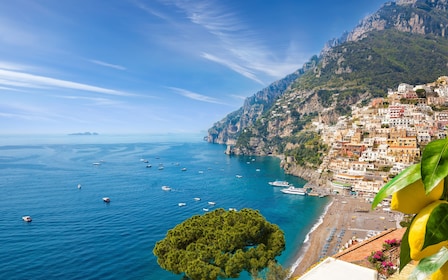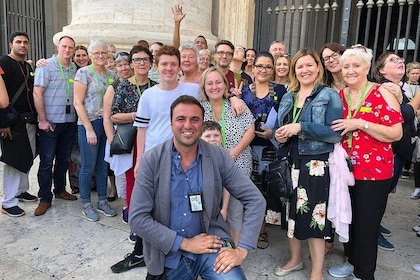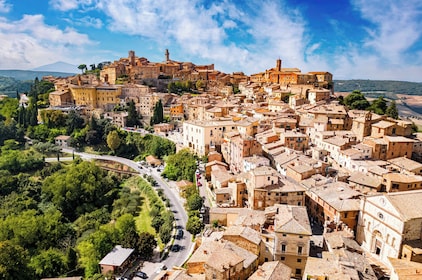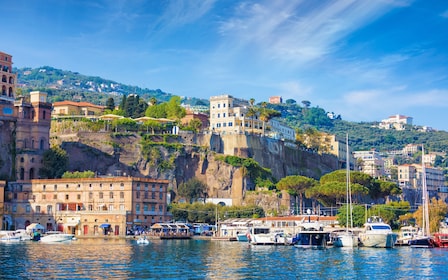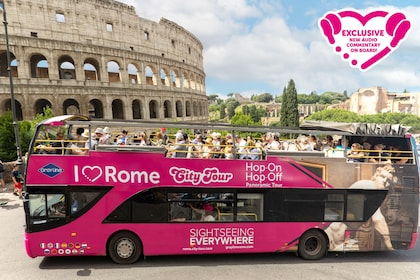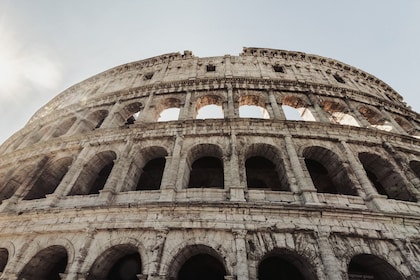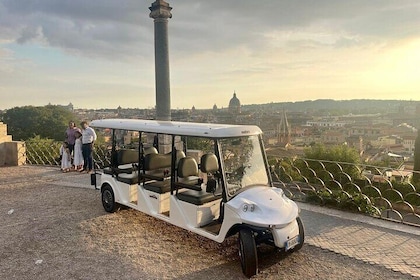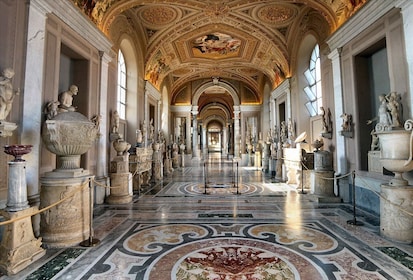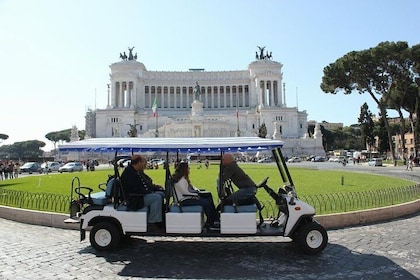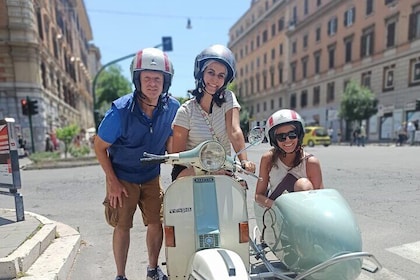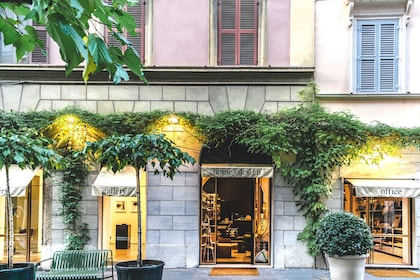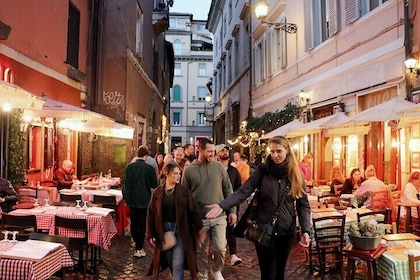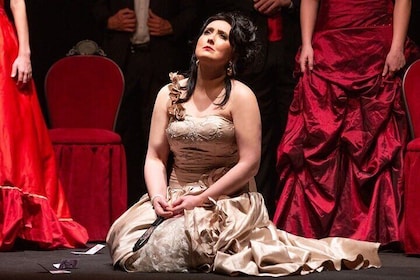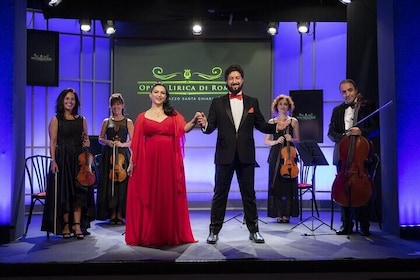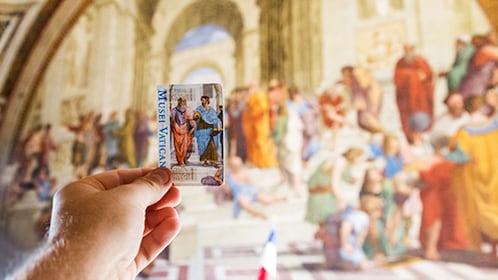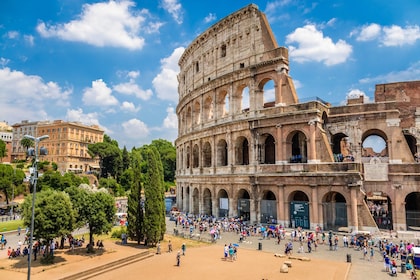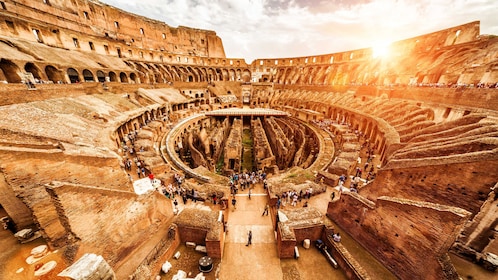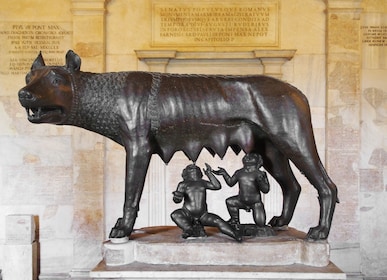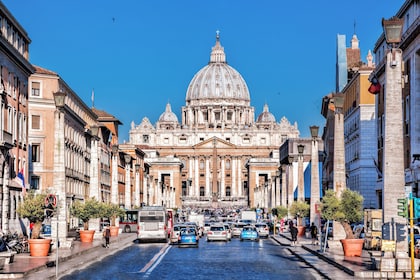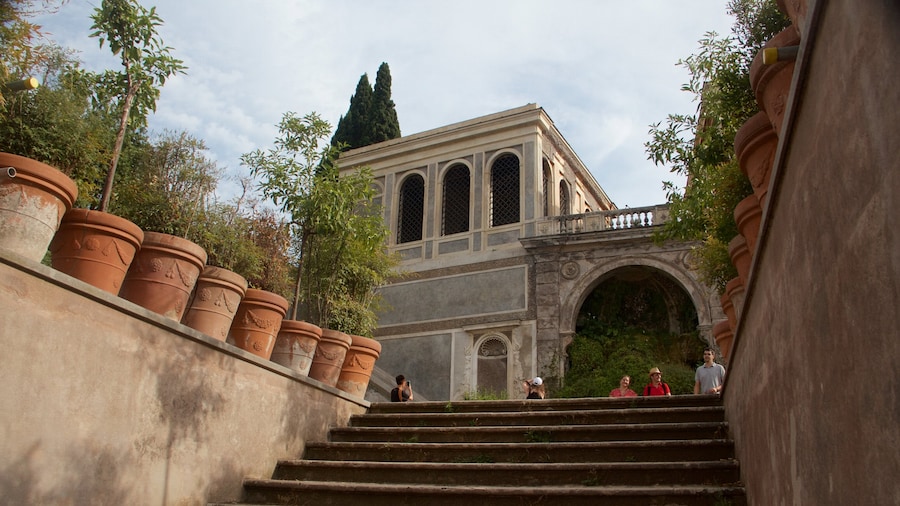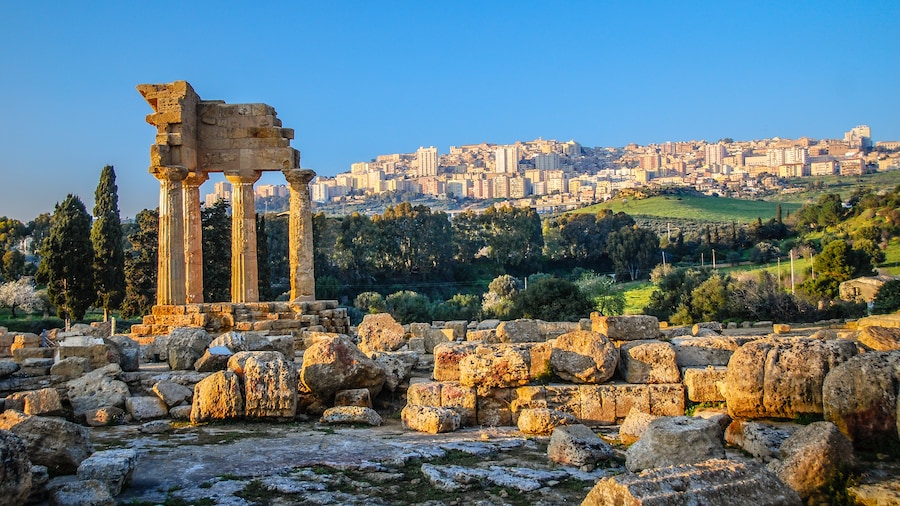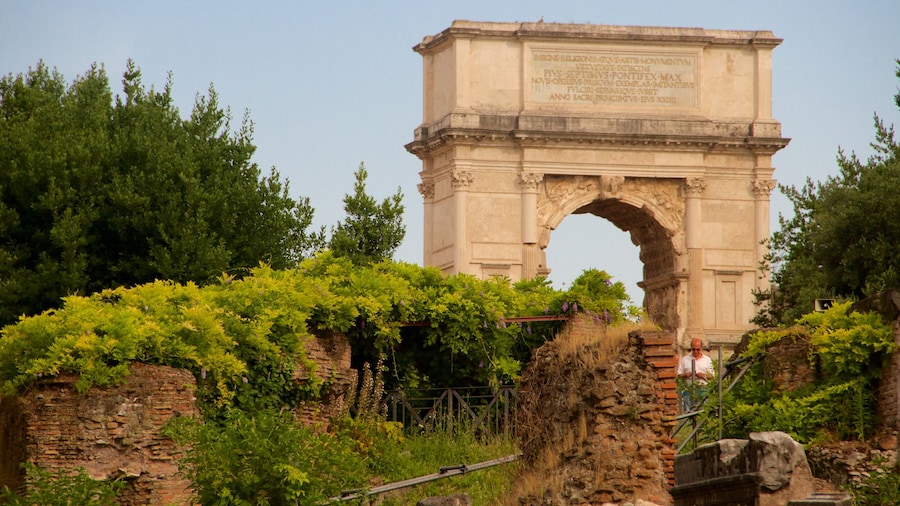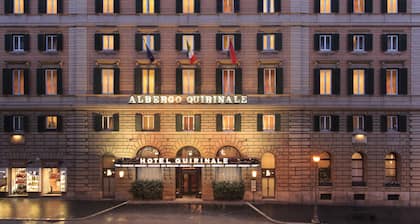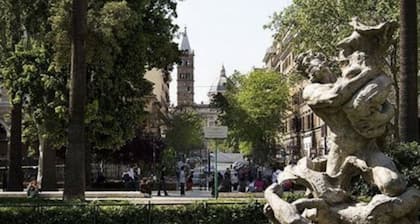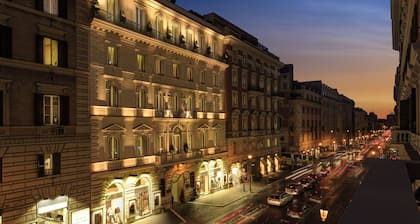One of Rome’s famed seven hills, Palatine Hill is the supposed site of Rome’s founding by Romulus and was once home to the ancient elite of the Roman Empire. Today, it holds a fascinating collection of Roman ruins. Check out the remains of once-magnificent ancient residences and palaces as you explore this evocative site.
Examine the remnants of the Stadio, part of the old imperial complex. Used by the emperors for private sports and events, this rectangular stadium is comprised of an oval-shaped playing area surrounded by high walls.
Adjacent to the stadium is the Arcate Severiane, a line of wide stone arches built to facilitate development of the imperial complex.
Stop off at the Museo Palatino to inspect a selection of ancient relics and pass by Domus Flavia, the area used for state meetings in Ancient Roman times. Stroll around the grassy courtyard here, which still holds the base of a carved octagonal fountain. A throne room and a long banquet hall would once have surrounded it.
Don’t miss the homes of Augustus and his wife Livia, just northwest of the Domus Flavia. These are two of the best-preserved buildings on Palatine Hill and feature vibrant frescoes depicting mythological scenes and mystical landscapes.
While here, take a detour to the idyllic Farnese GardensOpens in a new window, located directly behind the Roman ForumOpens in a new window. These 16th-century botanical gardens were built on the site of the 1st-century Palace of Tiberius and have been undergoing excavation for years. Climb to the twin Renaissance aviaries to enjoy fabulous views over the Roman Forum and across the city.
To get to Palatine Hill, take the metro to the Colosseo station or ride the bus to Via dei Fori Imperiali. Tickets for Palatine Hill include admission to the Roman Forum and the ColosseumOpens in a new window. The site is open daily. Check ahead as opening hours can vary.
